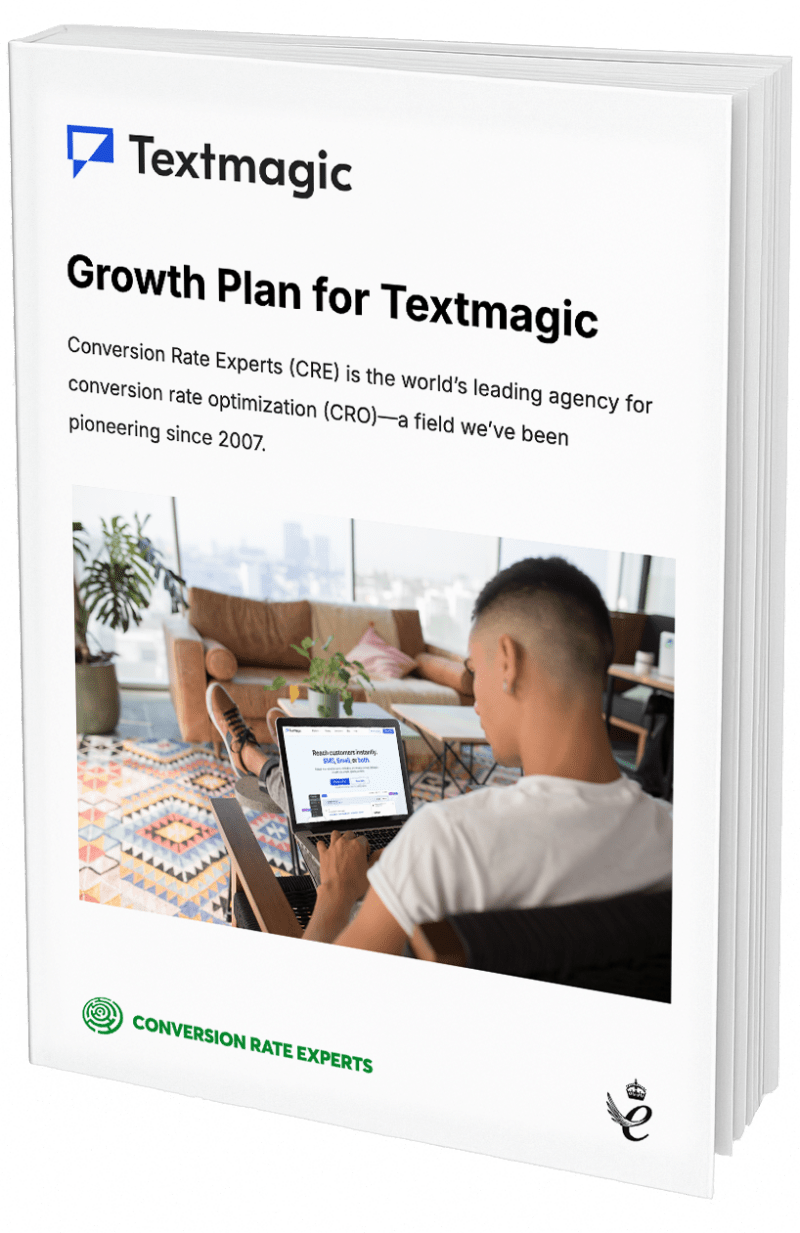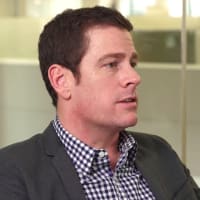Better call CRO: Why Breaking Bad’s Saul Goodman is a conversion rate genius
If that means nothing to you, we’re going to suggest something highly unusual—that you stop reading this article and binge-watch Breaking Bad and Better Call Saul.
Don’t worry, it will be worth it… and we’ll wait.
All done? Great. (But you should probably eat something.)
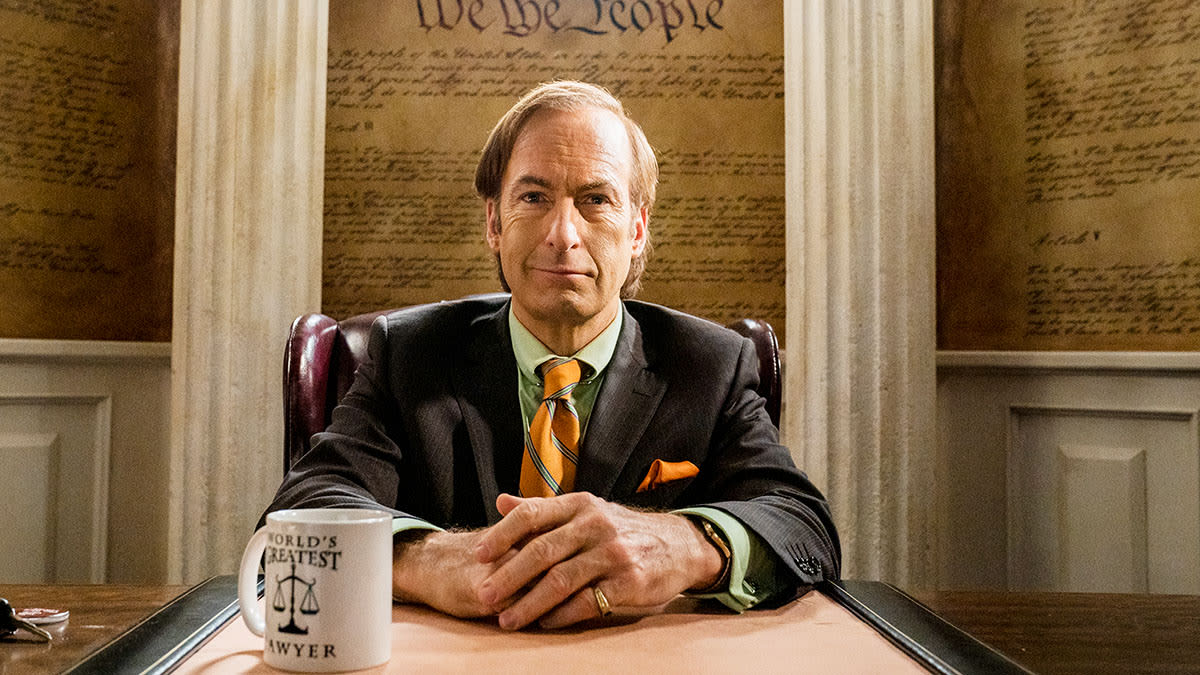
As you now know, Saul Goodman—the mastermind fixer behind Walter White’s criminal empire—is an ethically flexible con artist with the most dangerous of all weapons… a law degree. While we can’t condone his methods (ours are ethical and much better), there’s no denying his resourcefulness, resilience, and persuasive power.
And leaving aside his shady clientele, there’s a lot we can learn from the way that Saul—AKA Slippin’ Jimmy McGee—grew his own empire.
1. Saul knows his audience
Saul isn’t marketing to everyone. He tailors his low-budget advertising to those desperate for legal loopholes against (justified) criminal charges. Whether it’s late-night TV spots…
… or bench ads in high-crime neighborhoods, Saul ensures his message reaches those most likely to need his services, maximizing the impact of his advertising spend. In one perfect example, Saul’s ad placement is so good that a “prospect” is literally using his bench while committing a crime.
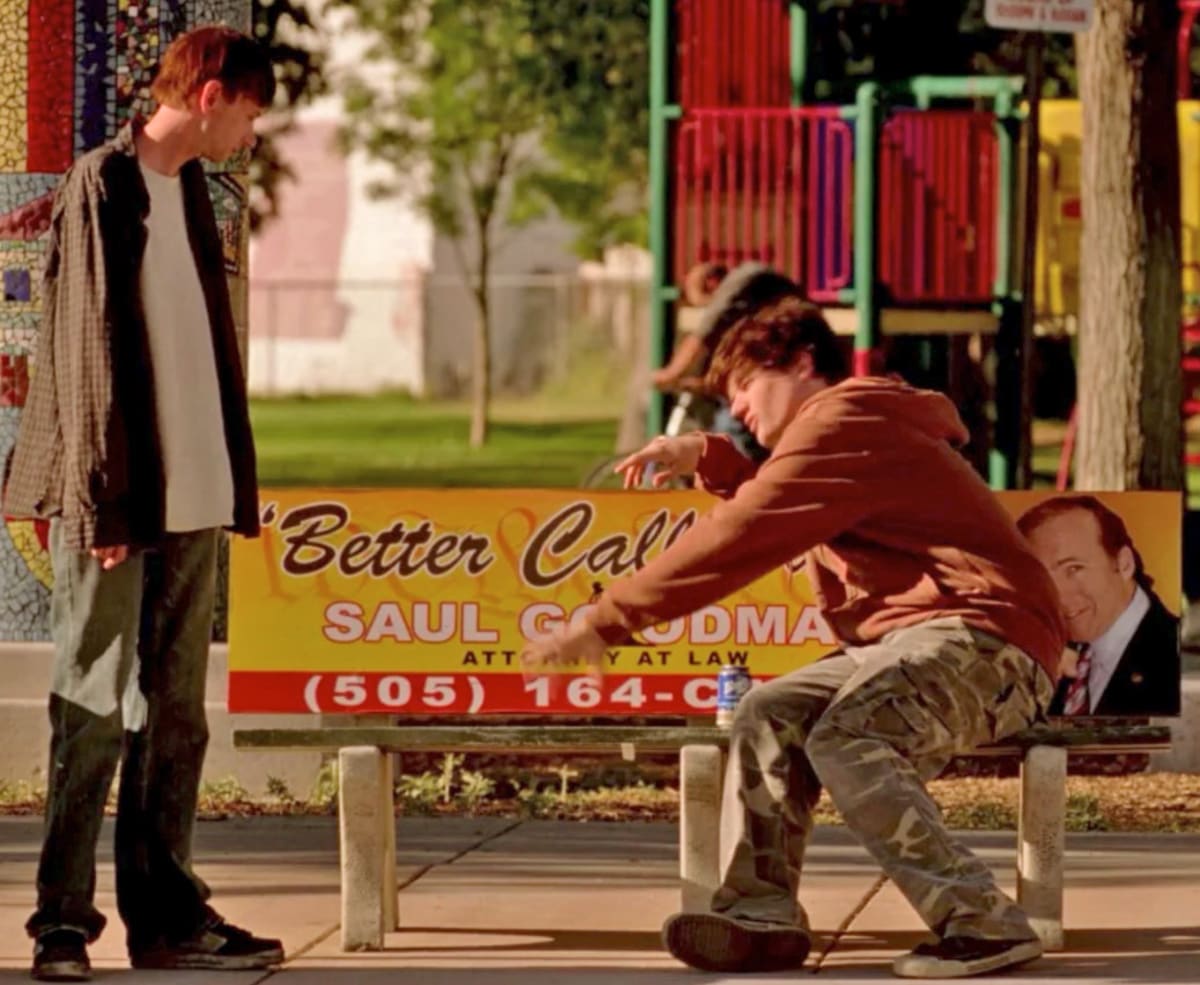
But it’s not just about placement. Saul’s TV advertisements often follow the classic copywriting formula of Problem-Agitate-Solution. In the video above, he uses language and imagery to highlight the problems his clients face, agitates the problems by showing how bad things could get, and then offers them an easy way to get relief from their troubles.
The takeaways
- Know your audience as well as humanly possible, preferably by spending lots of time talking to them and learning their pain points. As legendary copywriter Gary Bencivenga said, we need to stop thinking like fishermen and learn to think like the fish.
- Once you’ve found your starving crowd, use a problem-agitate-solution approach to your advertising.
- Place your ads where your target audience will actually see them—and ideally, at the point where they urgently need your services.
You can never know too much about your target audience. At Conversion Rate Experts, we conduct more user-specific research in a month than most businesses do in a lifetime. Then, we craft winning web pages and ads for our clients, appealing directly to their target market’s problems and concerns.
2. Saul understands the power of headlines—and writes great copy
After being suspended from practicing law, Saul finds himself working alone at a phone store in a desolate strip mall. No customers. No prospects. Just a pile of pre-smartphone phones to sell.
But Saul knows his audience, so he paints the following headline across the shop window: “IS THE MAN LISTENING? PRIVACY SOLD HERE.”
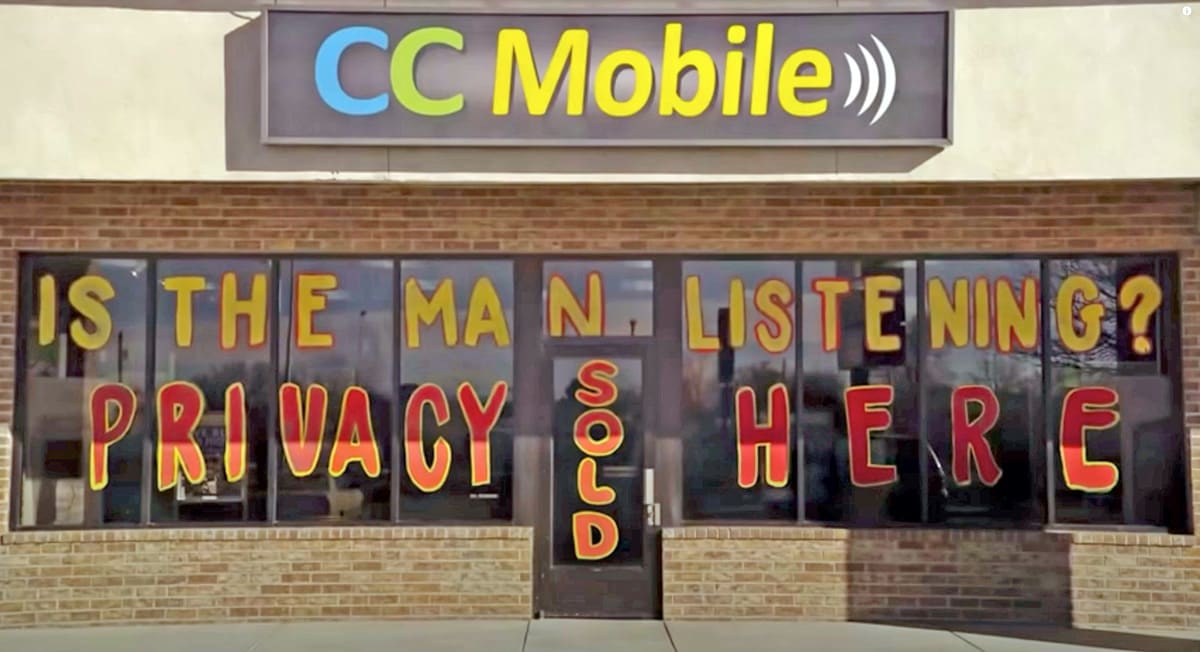
The headline targets a very specific customer and frames privacy as a commodity that can be purchased. It implies a definite and unique selling proposition in contrast to the vague promises of most marketing.
- “Is the man listening?” leverages the fear of being listened to, the desire for privacy, and a potentially urgent problem for the “market” that Saul knows best.
- “Privacy sold here” is straightforward and devoid of jargon. It offers a clear solution to a need that the previous line triggered in the target audience.
We’ve written about the difference between companies that make their offering clear and those that don’t. One of the first things we often fix is clarifying to customers exactly what a company does and how it does it—using the language of its customers.
We also love that Saul’s “headline” was so accessible—painted large enough to be seen from the road beside the mall.
The takeaways
Great headlines:
- Provoke curiosity.
- Differentiate you from your competition.
- Appeal to an emotion.
- Solve an urgent problem.
- Are simple and clear about what you are offering.
- Are bold and accessible even to those with eyesight problems. Accessibility is important and makes websites better for everyone.
Of course, there’s always room to test potential improvements. If Saul had more window space, he might want to add the “Unquestionable Proof” that Gary Bencivenga would call for.
Do visitors to your website understand your offering in 5-seconds? We recommend trying a 5-second test with prospects who haven’t seen it before to check that your most important messages are getting through.
3. Saul creates scarcity and urgency—and knows how to smash through price objections
The headline is only the start of the sale. When the first customer enters the shop, Saul is talking to someone on one of his “burner” phones. The conversation is fake, but it allows Saul to double down on the headline’s promise—yes, this is “maximum privacy, the best that money can buy”—and add two hugely powerful conversion levers: scarcity and urgency.
As he finishes his call, Saul visibly (and loudly!) snaps the phone in two in front of the man who’s just entered the shop, foreshadowing the pitch he is about to make.
Saul then removes the six phones on display and adds a sign to them that says, “ON HOLD…DO NOT SELL.” Only now does he engage the prospect, asking non-pushy questions about the man’s business.

As the customer talks, Saul artfully demonstrates that he understands the customer’s pain points, physically hands him the solution, and lays out the consequences of inaction. He even describes the best practices of “information hygiene,” advising that the man should use a different phone… “once per… week, day, call… depending on the nature of your situation.”
When the inevitable objection of price comes up, Saul reframes the discussion by comparing the cost of the phone to the cost of an audit—before literally pulling the phone from the man’s hands. “Supply is very short.”
The next thing we see is the man happily paying for six burner phones and thanking Saul.
The takeaways
We’d never recommend anyone pursue such unethical and short-term manipulation, but there are several useful takeaways here:
- Make your USPs clear. Many companies we work with have amazing USPs that are surprisingly hard to find on their website (or sometimes entirely missing).
- Pay off your headlines. There is no point in having a killer headline if the content that follows doesn’t deliver on its promise.
- If your product or service is scarce, say so. Scarcity is a powerful lever, especially when the thing you desire is tantalizingly close. It’s especially powerful when you can leverage the “Bandwagon effect,” when people want what others already have. You can also look for ways of introducing scarcity into your funnel, like limited-edition sneakers or early-bird concert tickets.
- Counter the price objection by proving or reframing your value. For Saul’s first (shady) customer, six burner phones will cost a few hundred dollars. An IRS audit may cost him his business or even his freedom!
- Encourage or facilitate word-of-mouth marketing. When we’ve surveyed clients about their marketing efforts, “Tell-a-friend” is one of the most frequently underused.
We can’t leave this section on cellphone sales without mentioning our founding story where we ethically tripled a phone company’s sales within a year using conversion rate optimization.
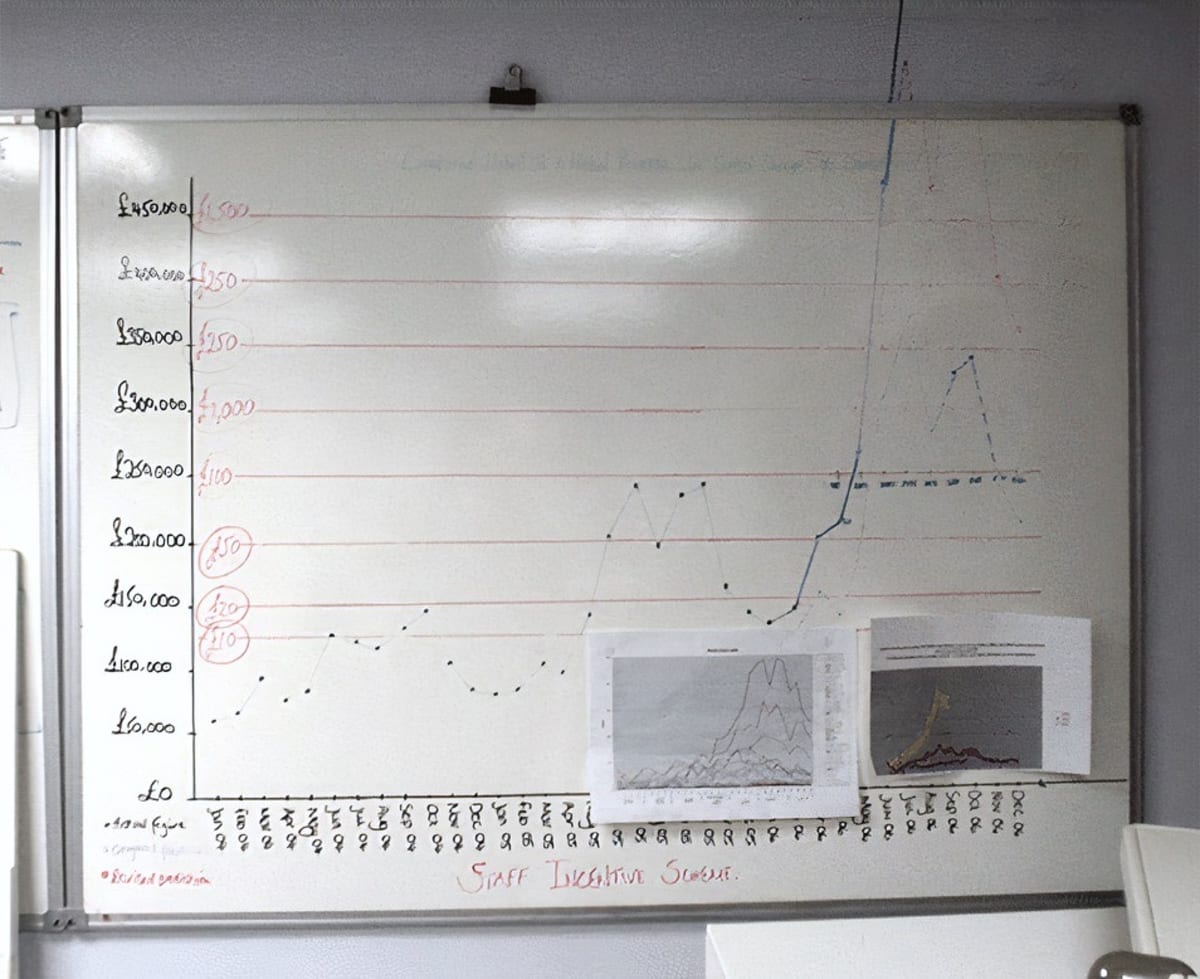
You can read all about it on page 31 of our Amazon #1 bestselling book, Making Websites Win, which readers of this article can get for free.
4. Saul demonstrates Genchi Genbutsu, method marketing, distinct branding, testimonials, and more… in just four minutes
Our final scene highlights a multitude of tools and techniques that raise conversion rates and drive sales. Rather than waiting for shady prospects to drive by the quiet strip mall, Saul pitches his tent (quite literally) next to a parking lot where his ideal customers gather.
Once among his people, Saul’s distinct personal branding sets him apart from the sea of bland corporate lawyers and public defenders, making him instantly memorable to potential clients. We pointed out a similar example in our article about how to beat your competitors.

If you’ve watched the video, notice how Saul articulates his clients’ problems without judgment. We like to imagine he also gives them space to speak, asking open questions (as we recommend) so he can further refine his understanding.
Increasing your conversion rate is often about removing the “blocked arteries” between you and your customers, and Saul’s phones now come pre-programmed with his number on speed dial as their “lifeline.” This shortcut removes a potential blockage: “What’s my lawyer’s number? I lost their card. Ahh, I’ll just go with the public defender.”
Saul will fight for any of his new friends 24/7/365, as long as they can follow a simple instruction when the authorities come calling:
“Zip your lip, and press the button.”
It’s not often you get a great headline and solid legal advice in under eight words!
But that’s not all, as Saul would say. He makes flagrant if unethical use of the “magic man” testimonial and is happy to hand out phones for free when the goodwill and legal fees make it worthwhile. When the phones finally run out, he offers disappointed prospects a 50% discount on “non-violent felonies.”
And of course, we have to mention the immortal tagline: “Better Call Saul!” This three-word phrase captures the essence of Saul Goodman’s approach to legal services. It’s catchy, short, snappy, easy to remember, and directly calls to action—key components in effective marketing.
(What it isn’t is cleverly dynamic, which proved massively successful for one of our clients.)
The takeaways
- Create a memorable, stand-out brand amongst your competition.
- Communicate with language that your audience knows and uses.
- Find out where your customers are and go there. Saul gets deep into the trenches, and we advise you to do the same. We love Genchi Genbutsu, which means “Go to the real place and see for yourself.” (You can read our article on it here.)
- Once you know where the money is flowing - identify blocked arteries in your business…then unblock them!
- Test, test, then test again. We LOVE user testing at CRE. We constantly user-test our client sites, watch real customers using them, and recruit potential customers to critique them against their competitors. Then, we improve them… and start testing again.
- Websites too often focus on what the business wants them to do—“Sign up to this” or “Click this button.” If you put yourself in the customer’s shoes and ask, “What’s in this for me?” your copy will instantly improve.
- Talk to your customers and treat them like friends. A frequent refrain in CRE is, “What would I recommend if this was a friend’s business?” This framing makes the right decision crystal clear, which is why it’s one of our seven values.
- Don’t underestimate the power of testimonials. We’ve even used them as headlines, which substantially increased revenue.
- Have a clear and visible call to action.
- Have a strong tagline or positioning statement.
Saul’s final lesson (while avoiding blatant spoilers)
We’ll end by highlighting the final lesson of Saul’s story: the simple truth that we all reap what we sow—businesses included. It’s no accident that the brilliant and bittersweet final episode of Better Call Saul was titled “Saul Gone.”
While it’s fun to take inspiration from Saul’s genius, we would never condone his illegal activities or mistreatment of clients. We speak to and survey thousands of customers each week, and believe us, they are smart, well-informed, and highly sensitive to bad behavior.
Many great companies have benefitted from these techniques, but they have done so ethically, responsibly, and by delivering value time and time again.
If you want to dramatically grow your business, read our book, browse our articles, or hire us to do it for you. Either way, we hope you benefit from Saul’s creativity, insight, and conversion rate genius.
It’s all good, man.
How much did you like this article?
What’s your goal today?
1. Hire us to grow your company
We’ve generated hundreds of millions for our clients, using our unique CRE Methodology™. To discover how we can help grow your business:
- Read our case studies, client success stories, and video testimonials.
- Learn about us, and our unique values, beliefs and quirks.
- Visit our “Services” page to see the process by which we assess whether we’re a good fit for each other.
- Schedule your FREE website strategy session with one of our renowned experts.
Schedule your FREE strategy session
2. Learn how to do conversion
Download a free copy of our Amazon #1 best-selling book, Making Websites Win, recommended by Google, Facebook, Microsoft, Moz, Econsultancy, and many more industry leaders. You’ll also be subscribed to our email newsletter and notified whenever we publish new articles or have something interesting to share.
Browse hundreds of articles, containing an amazing number of useful tools and techniques. Many readers tell us they have doubled their sales by following the advice in these articles.
Download a free copy of our best-selling book
3. Join our team
If you want to join our team—or discover why our team members love working with us—then see our “Careers” page.
4. Contact us
We help businesses worldwide, so get in touch!
© 2025 Conversion Rate Experts Limited. All rights reserved.

